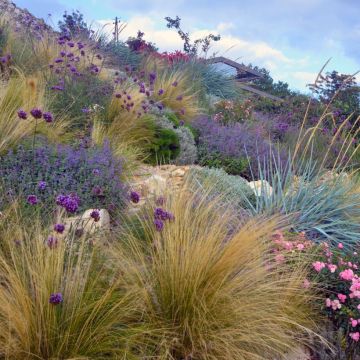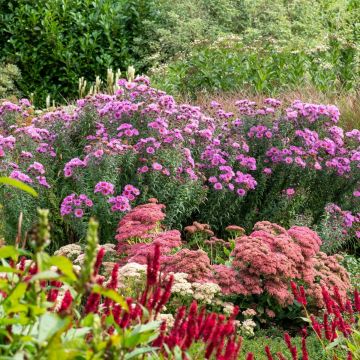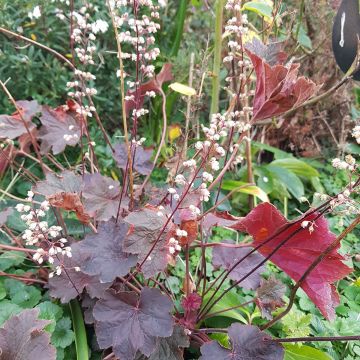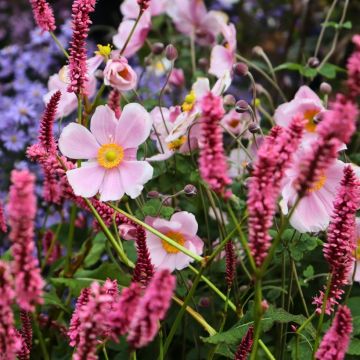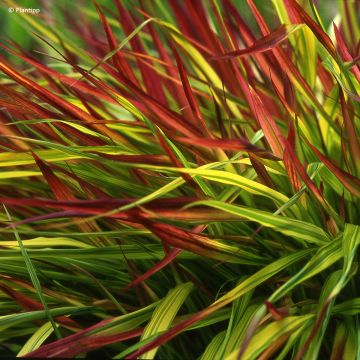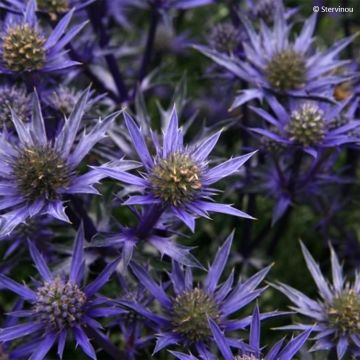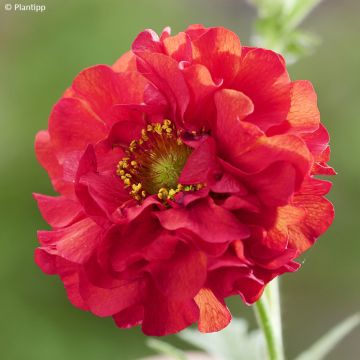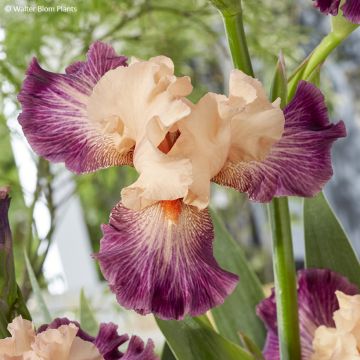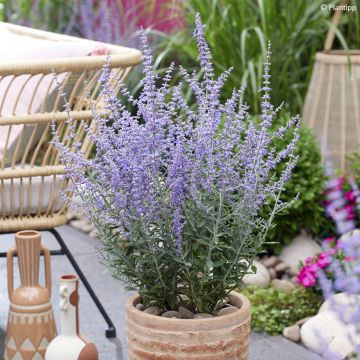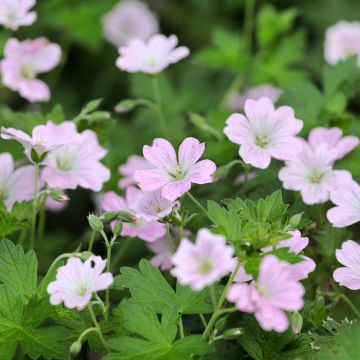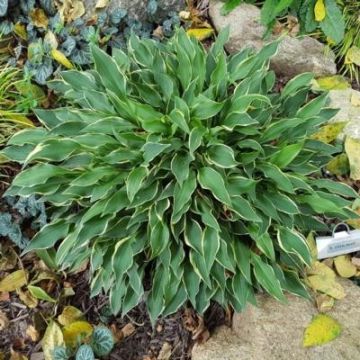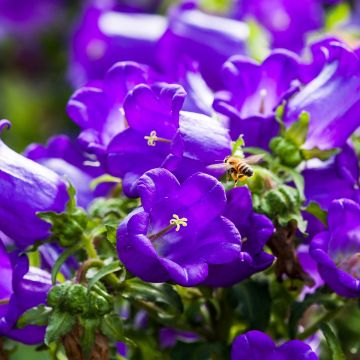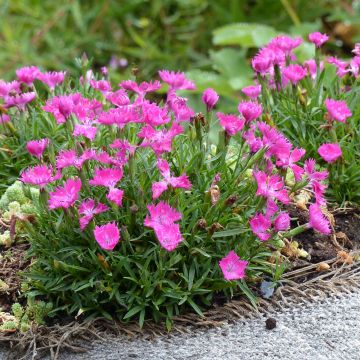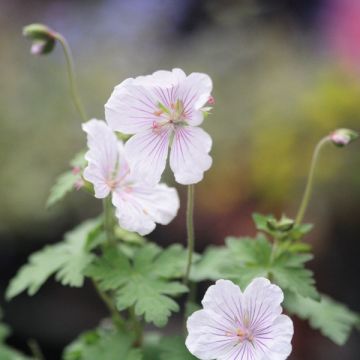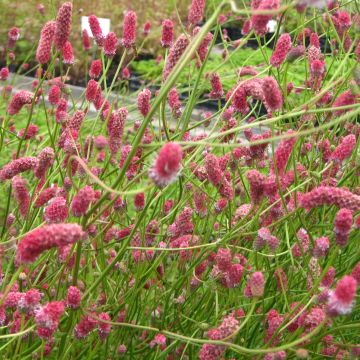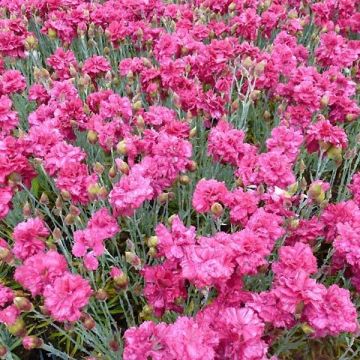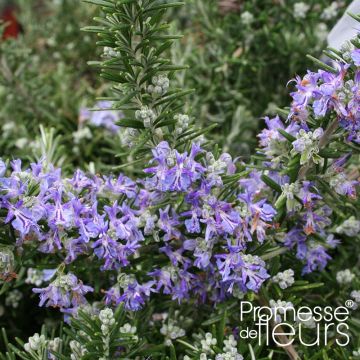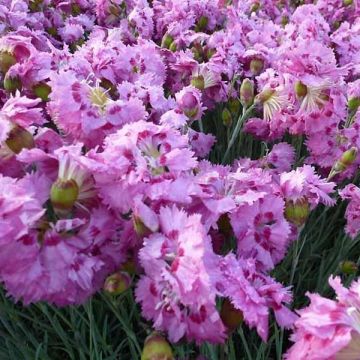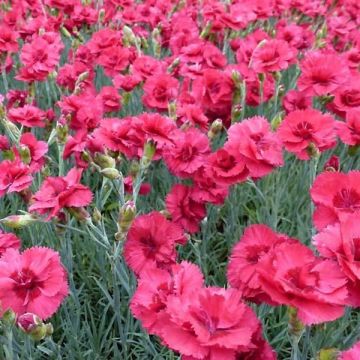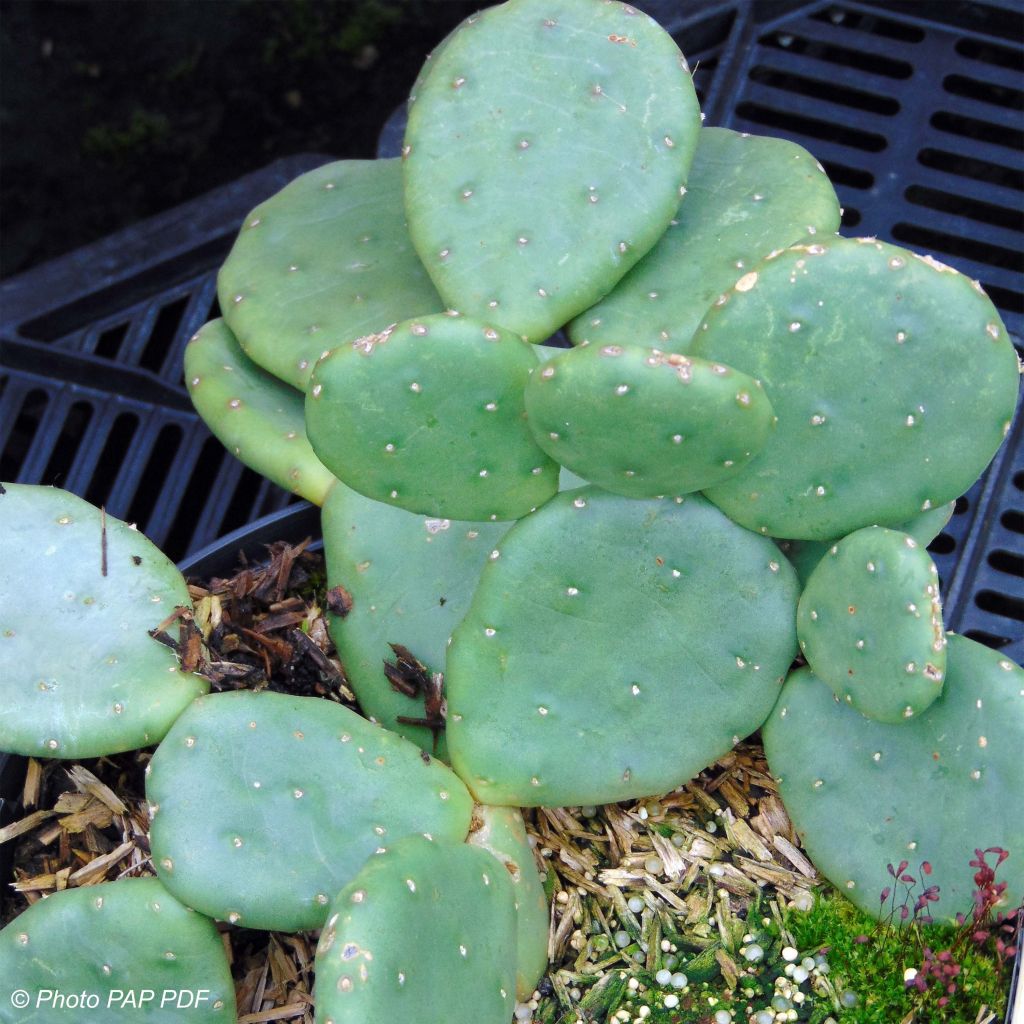

Opuntia compressa Millevaches - Prickly Pear
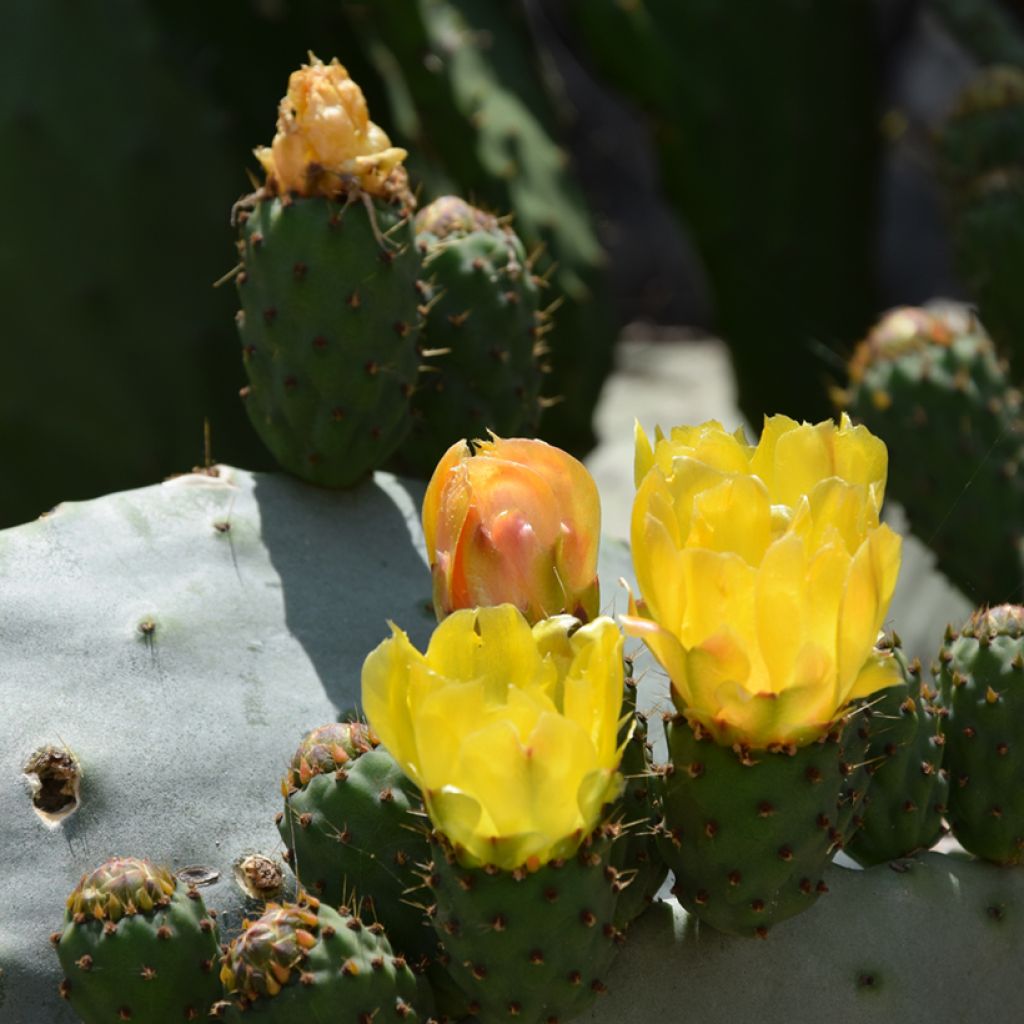

Opuntia compressa Millevaches - Prickly Pear
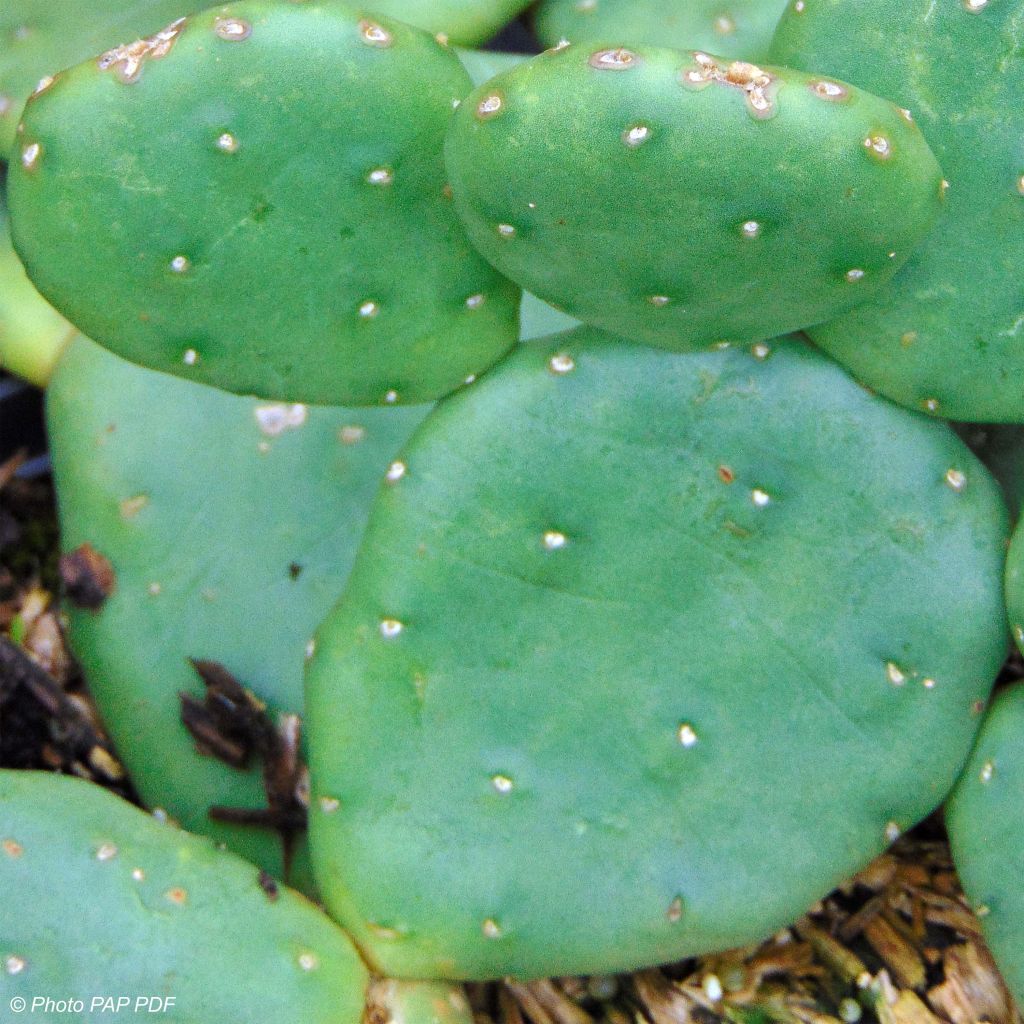

Opuntia compressa Millevaches - Prickly Pear
Opuntia compressa Millevaches - Prickly Pear
Opuntia compressa Millevaches
Eastern Prickly Pear, Devil's Tongue
Thank you for the performance.
Frédéric A., 25/09/2018
Special offer!
Receive a €20 voucher for any order over €90 (excluding delivery costs, credit notes, and plastic-free options)!
1- Add your favorite plants to your cart.
2- Once you have reached €90, confirm your order (you can even choose the delivery date!).
3- As soon as your order is shipped, you will receive an email containing your voucher code, valid for 3 months (90 days).
Your voucher is unique and can only be used once, for any order with a minimum value of €20, excluding delivery costs.
Can be combined with other current offers, non-divisible and non-refundable.
Why not try an alternative variety in stock?
View all →This plant carries a 12 months recovery warranty
More information
We guarantee the quality of our plants for a full growing cycle, and will replace at our expense any plant that fails to recover under normal climatic and planting conditions.

Would this plant suit my garden?
Set up your Plantfit profile →
Description
The Opuntia compressa 'Millevaches' is a lovely non-spiny variety, with a rather exceptional hardiness. This variety forms a wide cushion composed of numerous rounded articles, shaped like small fleshy prickly pears, with a green-blue color, running on the ground. In spring, it is adorned with small diaphanous lemon-yellow cup-shaped flowers, soon followed by numerous dark red edible fruits at ripeness. This prickly pear is an excellent plant for a very sunny rock garden, to be cultivated exclusively in the garden. It will adapt in all regions, even in the mountains, as it tolerates cold, dryness, and snow.
The Opuntia compressa, also called Opuntia humifusa, is a dwarf and creeping cousin of the Prickly Pear (Opuntia ficus indica). Just like it, it is a succulent plant without true leaves from the cactus family. This species, sometimes called Eastern Prickly Pear or Indian Fig, is widely distributed in the eastern and northeastern United States, from Canada to Florida. This plant has naturalized in Europe where it is quite abundant. The 'Millevaches' cultivar, likely originating from French populations, is characterized by the absence of large prickles on its skin, but not of these tiny transparent and almost invisible prickles that are so difficult to remove from our skin!
The 'Millevaches' Opuntia is a prostrate plant that rarely exceeds 30 cm (12in) in height, but spreads laterally without a theoretical limit, rooting at the level of the nodes in contact with the ground. The vegetation is composed of multiple flat, fleshy, and almost round branches, wrinkled in winter, these are the segments that are sometimes called prickly pears or articles. The skin is punctuated by small tufts of innumerable tiny prickles, called glochids, particularly unpleasant when handling. Flowering takes place from May to early July. On the periphery of the prickly pears, cup-shaped flowers of uniform lemon yellow color are born, measuring 4 to 6 cm (2in). The fruits are shaped like small pears. They are red at maturity and also bear glochids that need to be removed before consumption.
This prickle-free, particularly robust and hardy Opuntia, is easy to grow and will naturally find its place in a large rock garden, a gravel bed, or a dry and very sunny slope. The 'Millevaches' Prickly Pear is an outdoor plant that will not tolerate the too dry atmosphere of an apartment or a heated conservatory. However, its very exotic appearance is suitable for a minimal and austere decor, it does not tolerate shade cast by larger or more prolific perennials: reserve a clear location for it in full sun. Protect your hands with thick disposable gloves (due to the dreaded glochids) for regular weeding. It can be associated with agaves, Aloe, Nolina, Hesperaloe parviflora, small Yuccas, as well as montane cushion plants or dryland plants such as thymes and sedums.
Prickly pear tip: to remove the tiny prickles that cover the fruits, they can be quickly passed over a flame, in the same way as poultry is flamed to remove the feather shafts. Tortoises are, apparently, fond of the leaves and fruits: it is preferable, as a precaution, to present them with this food once it has been rid of the glochids: fruits and leaves will also be cut in half.
Report an error about the product description
Opuntia compressa Millevaches - Prickly Pear in pictures
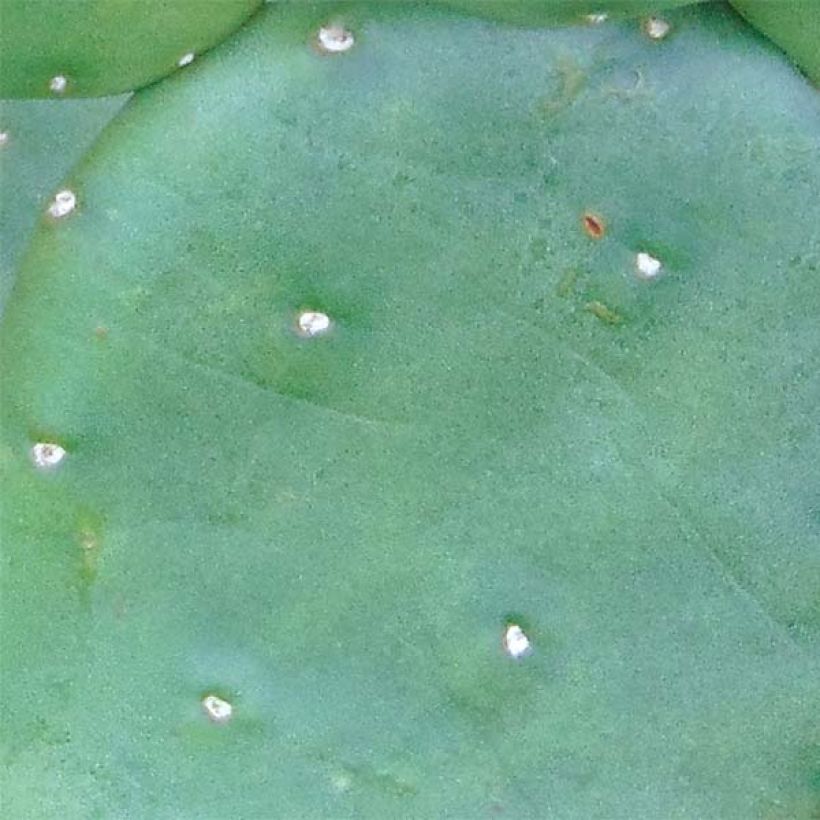



Flowering
Foliage
Plant habit
Botanical data
Opuntia
compressa
Millevaches
Cactaceae
Eastern Prickly Pear, Devil's Tongue
Cultivar or hybrid
Other Perennials A to Z
View all →Planting and care
Plant the Opuntia compressa 'Millevaches' in spring or early autumn, in full sun, in poor, even stony, limestone, sandy, but well drained soil. It tolerates competition from weeds or large perennials that shade it and promote the presence of gastropods, fond of its young shoots. It withstands cold, snowy and humid winters, as long as it is planted in a porous soil and in an open position. It appreciates dry soils, even arid in summer, and does not fear heatwaves. In good growing conditions, it will withstand frost well below -15°C (5°F). Its articles often appear wrinkled in winter, but quickly plump up in spring. It is not known to be susceptible to any pests, except for the presence of too many slugs.
Propagation of the prickly pear is very easy: take a cutting at a joint, place it on a cactus-type substrate for a few days, until a healing callus forms. Then insert the base of the cutting a little deeper into the soil and water regularly. The plant will not flower or bear fruit until it is 2 years old.
Handle your cacti with gloves and protective goggles.
Planting period
Intended location
Care
-
, onOrder confirmed
Reply from on Promesse de fleurs
Similar products
Haven't found what you were looking for?
Hardiness is the lowest winter temperature a plant can endure without suffering serious damage or even dying. However, hardiness is affected by location (a sheltered area, such as a patio), protection (winter cover) and soil type (hardiness is improved by well-drained soil).

Photo Sharing Terms & Conditions
In order to encourage gardeners to interact and share their experiences, Promesse de fleurs offers various media enabling content to be uploaded onto its Site - in particular via the ‘Photo sharing’ module.
The User agrees to refrain from:
- Posting any content that is illegal, prejudicial, insulting, racist, inciteful to hatred, revisionist, contrary to public decency, that infringes on privacy or on the privacy rights of third parties, in particular the publicity rights of persons and goods, intellectual property rights, or the right to privacy.
- Submitting content on behalf of a third party;
- Impersonate the identity of a third party and/or publish any personal information about a third party;
In general, the User undertakes to refrain from any unethical behaviour.
All Content (in particular text, comments, files, images, photos, videos, creative works, etc.), which may be subject to property or intellectual property rights, image or other private rights, shall remain the property of the User, subject to the limited rights granted by the terms of the licence granted by Promesse de fleurs as stated below. Users are at liberty to publish or not to publish such Content on the Site, notably via the ‘Photo Sharing’ facility, and accept that this Content shall be made public and freely accessible, notably on the Internet.
Users further acknowledge, undertake to have ,and guarantee that they hold all necessary rights and permissions to publish such material on the Site, in particular with regard to the legislation in force pertaining to any privacy, property, intellectual property, image, or contractual rights, or rights of any other nature. By publishing such Content on the Site, Users acknowledge accepting full liability as publishers of the Content within the meaning of the law, and grant Promesse de fleurs, free of charge, an inclusive, worldwide licence for the said Content for the entire duration of its publication, including all reproduction, representation, up/downloading, displaying, performing, transmission, and storage rights.
Users also grant permission for their name to be linked to the Content and accept that this link may not always be made available.
By engaging in posting material, Users consent to their Content becoming automatically accessible on the Internet, in particular on other sites and/or blogs and/or web pages of the Promesse de fleurs site, including in particular social pages and the Promesse de fleurs catalogue.
Users may secure the removal of entrusted content free of charge by issuing a simple request via our contact form.
The flowering period indicated on our website applies to countries and regions located in USDA zone 8 (France, the United Kingdom, Ireland, the Netherlands, etc.)
It will vary according to where you live:
- In zones 9 to 10 (Italy, Spain, Greece, etc.), flowering will occur about 2 to 4 weeks earlier.
- In zones 6 to 7 (Germany, Poland, Slovenia, and lower mountainous regions), flowering will be delayed by 2 to 3 weeks.
- In zone 5 (Central Europe, Scandinavia), blooming will be delayed by 3 to 5 weeks.
In temperate climates, pruning of spring-flowering shrubs (forsythia, spireas, etc.) should be done just after flowering.
Pruning of summer-flowering shrubs (Indian Lilac, Perovskia, etc.) can be done in winter or spring.
In cold regions as well as with frost-sensitive plants, avoid pruning too early when severe frosts may still occur.
The planting period indicated on our website applies to countries and regions located in USDA zone 8 (France, United Kingdom, Ireland, Netherlands).
It will vary according to where you live:
- In Mediterranean zones (Marseille, Madrid, Milan, etc.), autumn and winter are the best planting periods.
- In continental zones (Strasbourg, Munich, Vienna, etc.), delay planting by 2 to 3 weeks in spring and bring it forward by 2 to 4 weeks in autumn.
- In mountainous regions (the Alps, Pyrenees, Carpathians, etc.), it is best to plant in late spring (May-June) or late summer (August-September).
The harvesting period indicated on our website applies to countries and regions in USDA zone 8 (France, England, Ireland, the Netherlands).
In colder areas (Scandinavia, Poland, Austria...) fruit and vegetable harvests are likely to be delayed by 3-4 weeks.
In warmer areas (Italy, Spain, Greece, etc.), harvesting will probably take place earlier, depending on weather conditions.
The sowing periods indicated on our website apply to countries and regions within USDA Zone 8 (France, UK, Ireland, Netherlands).
In colder areas (Scandinavia, Poland, Austria...), delay any outdoor sowing by 3-4 weeks, or sow under glass.
In warmer climes (Italy, Spain, Greece, etc.), bring outdoor sowing forward by a few weeks.






























